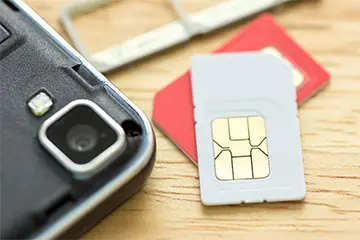Fair use policy (FUP)
Many bundles include unlimited data but contain a 'fair use' clause. This is mostly to prevent industrial-level commercial use of contracts intended for domestic use. Generally, these will be more than enough for streaming and gaming, but always make sure to check the fine print.
This is the current state of the art for broadband connections and is being rolled out across Ireland. Full fibre optic (FTTP/FTTH) promises to deliver speeds of up to 1Gbps in contrast to part or hybrid broadband with speeds of up to 80Mbps or ADSL with speeds in the region of 10Mbps.
The data is transferred as pulses of light via glass or plastic cables versus pulses of electricity through telephone lines or coaxial cable.
Fixed line broadband
Any connection that uses a cable in contrast to wireless versions such as satellite or the mobile phone network.
Fibre to the Cabinet (FTTC)
The fibre optic cable carrying your data goes as far as a street cabinet and then through a telephone for the last step to your home. This is faster than ADSL but slower than full FTTH/FTTP.
FTTH/FTTP
The fibre optic cable goes all the way to your home (Fibre to the Home) or premises (Fibre to the Premises). The speed is faster and more consistent than ADSL or part fibre (FTTC).
Gb/Gbps
These stand for gigabits per second and are currently the fastest broadband speeds available.
Landline
The physical telephone to your home. This is required for some kinds of broadband such as ADSL or Fibre to the Home.
Latency
This is the technical term for ‘lag'. It can affect streaming and gaming quality. You want the lowest latency possible on your connection.
Mb/Mbps
These stand for megabits per second and are currently the most typical speeds for broadband in Ireland until the national fibre optic network is complete.
Mobile broadband
Broadband using the mobile phone network. Typically accessed on your phone or a computer via a dongle.
Mobile Wi-Fi dongle
This is a dongle that allows you to attach multiple devices simultaneously to a mobile broadband network.
